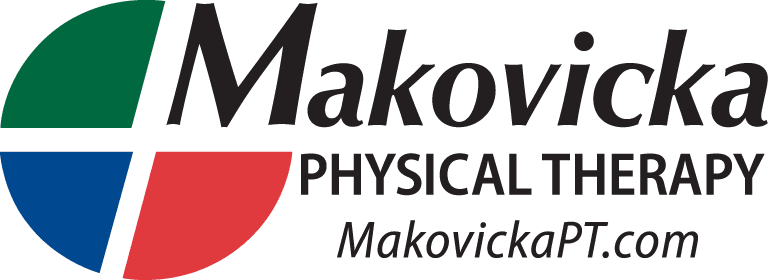What is Dry Needling?
Dry Needling is defined by the American Physical Therapy Association as a skilled intervention performed by a physical therapist that uses a thin filiform needle to penetrate the skin and stimulate underlying myofascial trigger points, muscular and connective tissues for the management of neuromusculoskeletal pain and movement impairments.
Functional Dry Needling was developed by Edo Zylstra and his company Kinetacore, it combines traditional trigger point dry needling and functional movement to improve outcomes with patients.
Trigger Points
Trigger points are palpable taut bands in muscles that have certain characteristics:
1. Local Twitch Response – a reflexive response of a dysfunctional area of muscle.
2. Spontaneous Electrical Activity – During EMG, it was found that trigger point emit an electrical noise consistent with a muscle contraction
3. Stiff to Vibration – in a Study by Chen in 2007 it was discovered that the regions of muscle with trigger point resonated differently under magnetic resonance.
4. Biochemical Changes – using a dialysis needle Dr. Jay Shah found levels of chemicals involved in nociceptive sensitivity and inflammation.
Is Dry Needling the Same as Acupuncture?
No. Acupuncture uses meridian points throughout the body (for example the fingertips correspond to the sinuses) to affect change in balance, energy, or qi. Dry needling uses subjective and objective examination of the neuromuscular system to determine hyperirritable spots in muscle that decrease function. In recent studies only 18% of acupuncture points and trigger points were correlated. The only similarity between the two interventions is the tool used.
How does it feel?
In most cases you will feel a deep ache when the trigger point is needled along with a muscle twitching. You may experience some soreness afterwards, but this is usually described as a “post-workout” soreness.
What Diagnoses can Functional Dry Needling Help?
Any musculoskeletal pain or loss of function can be improved with use of functional dry needling. A thorough examination is needed to determine if Functional Dry Needling is the appropriate treatment choice for you.
Dan McCutchen PT, DPT, OCS
